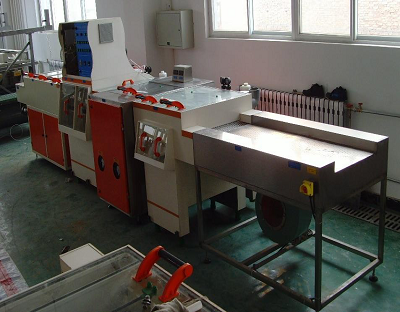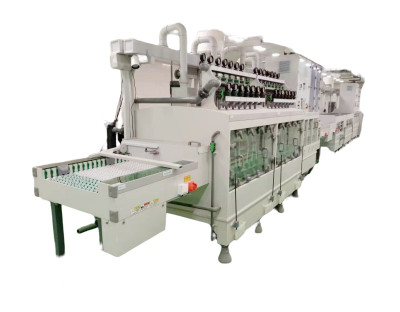Analysis of Copper Exposure in Hot Air Solder Leveling Process
Hot air leveling is the process of immersing a printed circuit board in molten solder (63SN/37PB), and then using hot air to blow off excess solder from the surface and metallization holes of the printed circuit board to obtain a smooth, uniform, and bright solder coating layer. The lead tin alloy coating layer on the surface of the printed circuit board after hot air leveling should be bright, uniform, and complete, with good solderability, no nodules or semi wetting, and the coating should be completely free of exposed copper. Copper exposure on the surface of the solder pad and inside the metallized holes after hot air leveling is an important defect in finished product inspection, and is one of the common causes of hot air leveling rework. There are many reasons for this problem, including the following.
1. Insufficient pre-treatment and poor coarsening.
The quality of the pre-treatment process for PCB hot air leveling has a significant impact on the quality of hot air leveling. This process must thoroughly remove oil stains, impurities, and oxide layers from the solder pads, providing a fresh and solderable copper surface for tin immersion. The commonly used pre-treatment process now is mechanical spraying, which first involves sulfuric acid hydrogen peroxide micro etching, followed by acid immersion after micro etching, followed by water spray washing, hot air drying, spraying flux, and immediate hot air leveling. The phenomenon of copper exposure caused by poor pre-treatment occurs in large quantities and regardless of the type or batch. Copper exposure points are often distributed throughout the entire board surface, especially at the edges. Using a magnifying glass to observe the pre processed circuit board, it will be found that there are obvious residual oxidation points and stains on the solder pads. In case of similar situations, chemical analysis should be conducted on the micro etching solution, the second pickling solution should be checked, the concentration of the solution should be adjusted, and a solution with severe pollution due to prolonged use should be replaced. The spraying system should be checked for smoothness. Prolonging the processing time appropriately can also improve the treatment effect, but attention should be paid to the occurrence of excessive corrosion. After the reworked circuit board is leveled by hot air, the processing line is then treated in a 5% hydrochloric acid solution to remove surface oxides.
2. The surface of the solder pad is not clean, and there is residual solder resist contaminating the solder pad.
At present, most manufacturers use full screen printing of liquid photosensitive solder resist ink, and then remove excess solder resist through exposure and development to obtain time sensitive solder resist patterns. During this process, poor control of the pre drying process and prolonged exposure to high temperatures can cause difficulties in development. Whether there are defects on the solder mask, whether the composition and temperature of the developing solution are correct, whether the speed and development point during development are correct, whether the nozzle is blocked and the pressure of the nozzle is normal, and whether the water washing is good. Any of these conditions will leave residue on the solder pad. The exposed copper formed due to the negative film is generally more regular, all at the same point. In this case, a magnifying glass can be used to detect residual traces of solder blocking substances at the exposed copper area. PCB design generally requires a position to inspect the graphics and inside the metallized holes before the solidification process, ensuring that the solder pads and metallized holes of the printed circuit board sent to the next process are clean and free of solder blocking ink residue.
3. Insufficient activity of flux
The function of flux is to improve the wettability of the copper surface, protect the surface of the laminate from overheating, and provide protection for the solder coating. If the activity of the flux is insufficient and the wettability of the copper surface is poor, the solder cannot fully cover the solder pad, and the copper exposure phenomenon is similar to poor pre-treatment. Extending the pre-treatment time can reduce the copper exposure phenomenon. Nowadays, almost all soldering fluxes are acidic, containing acidic additives. If the acidity is too high, it will cause serious copper biting, resulting in high copper content in the solder and rough lead and tin; If the acidity is too low, the activity is weak, which can lead to copper exposure. If the copper content in the lead tin bath is high, it should be removed in a timely manner. The selection of a stable and reliable soldering flux by process technicians has a significant impact on hot air leveling, and excellent soldering flux ensures the quality of hot air leveling.






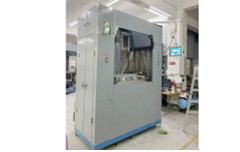
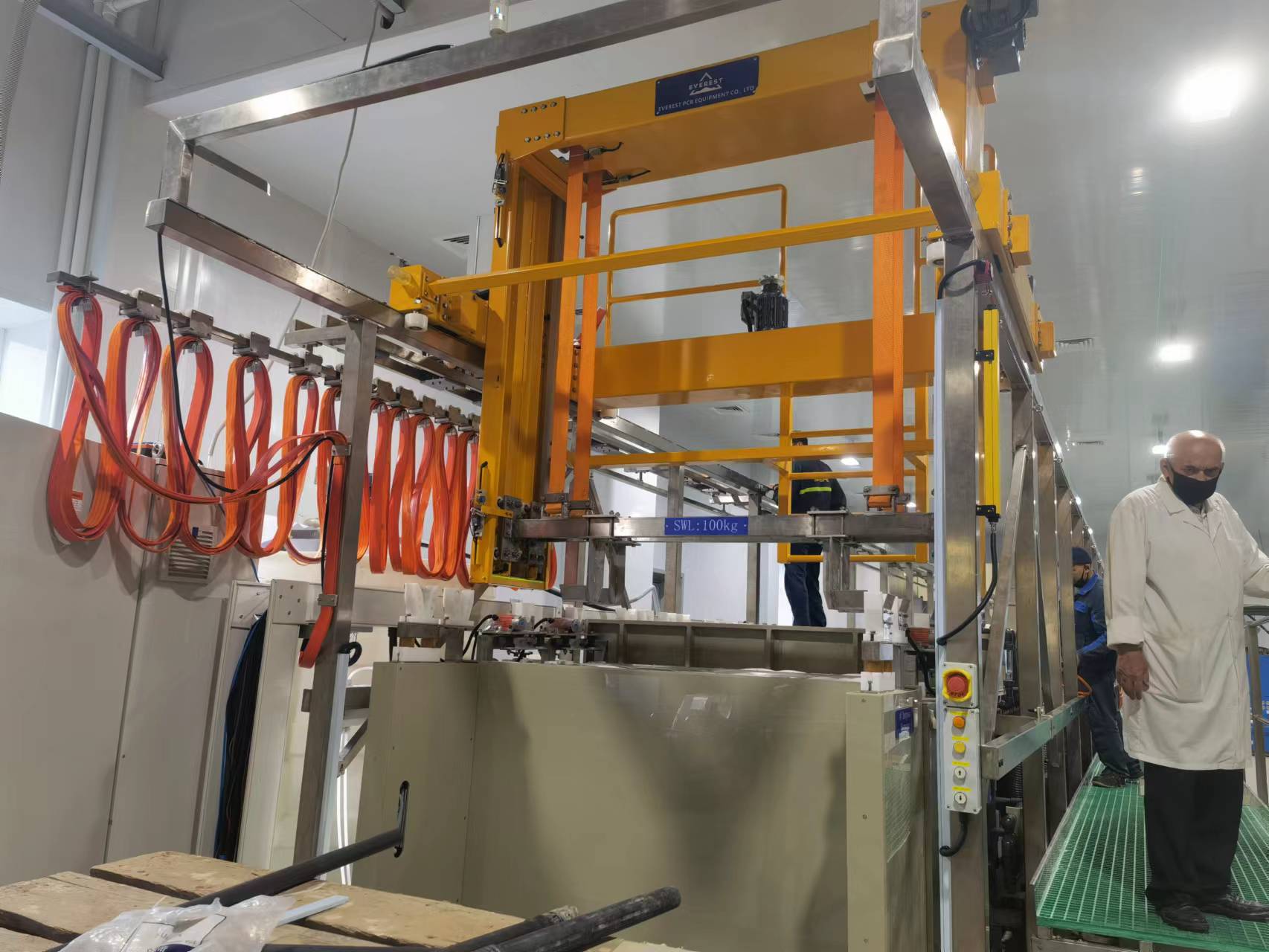
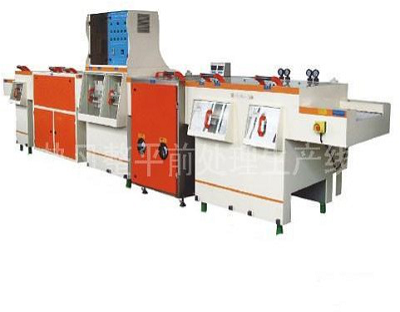
 Oct. 10, 2020
Oct. 10, 2020 